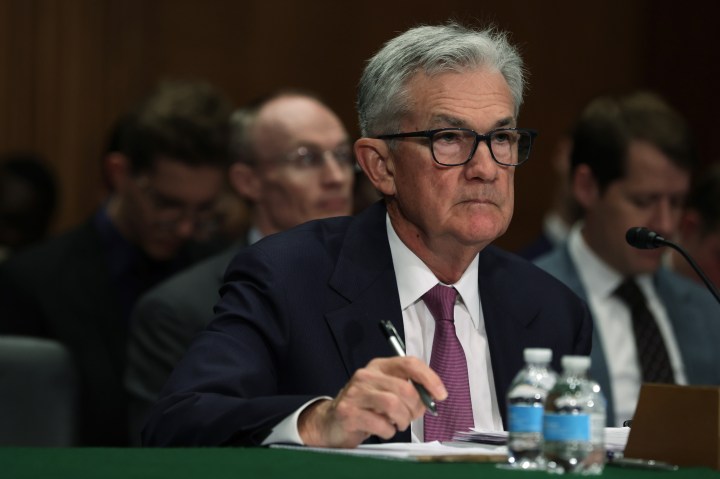
Why central banks operate with a pack mentality

Some surprising financial news came from overseas this morning. The Bank of England raised interest rates by half a percentage point, a larger than expected move. That puts the rate over there at 5%, which is about where the United States is too, though inflation in the United Kingdom is about double what it is here.
Central banks are often making the same moves because more often than not, economic problems are global problems.
“The central bankers are responding to the same shocks. They’re big shocks. And so the appropriate policy is similar,” explained Bill English, a finance professor at Yale University.
Appropriate monetary policy right now is determined by the pandemic, supply chain problems and the war in Ukraine. Since the problems are so similar, there’s a sort of group think that happens. Central banks watch and discuss everyone else’s moves with each other at official meetings and behind closed doors.
Even so, in most packs, a leader eventually emerges.
“The Bank of England began tightening policy, for example, a few months before the Fed did in response to the high inflation,” English said.
It’s why the Bank of England’s recent rate hike could offer a clue for what’s to come in the U.S.
“I think this points in the direction of saying, ‘Oh, the Fed probably has more to do.’ And they’ve been behind the curve through most of this episode,” said Bill Emmons, a professor at Washington University in St. Louis and a former economist at the Federal Reserve Bank of St. Louis.
Turns out the U.S. following others is kind of common.
“Almost all the innovations we’ve seen and the practice of monetary policy, with a few exceptions, came from other central banks,” said Peter Conti-Brown, a professor of financial regulation at the University of Pennsylvania’s Wharton School.
Including the Federal Reserve’s 2% inflation target. That came from the Reserve Bank of New Zealand.
Conti-Brown said this group mentality in central banking is a part of the culture. And it’s a reason why no one nation really strays from the pack.
“There was a time, in fact, when the three heads of the central banks in Europe and in the United Kingdom and in the U.S. all had the same dissertation adviser at MIT [Massachusetts Institute of Technology], who was in turn the head of the central bank in Israel,” Conti-Brown said.
And he said there are risks to that group think. It can turn central banks into less of a pack with a leader and more a herd.
There’s a lot happening in the world. Through it all, Marketplace is here for you.
You rely on Marketplace to break down the world’s events and tell you how it affects you in a fact-based, approachable way. We rely on your financial support to keep making that possible.
Your donation today powers the independent journalism that you rely on. For just $5/month, you can help sustain Marketplace so we can keep reporting on the things that matter to you.

















